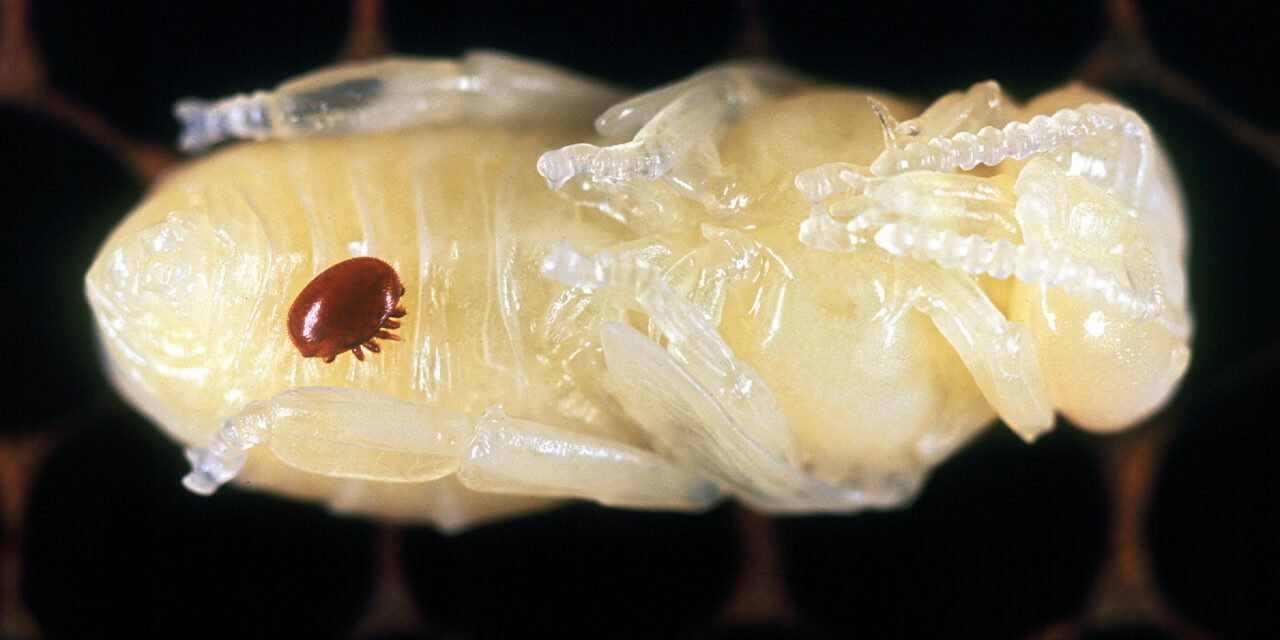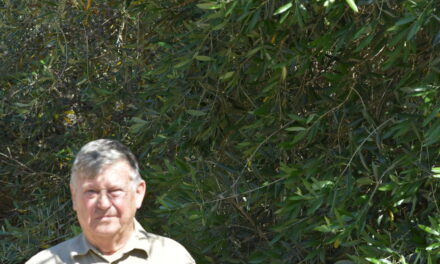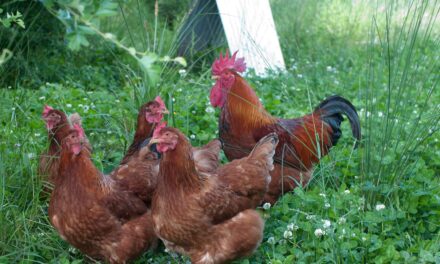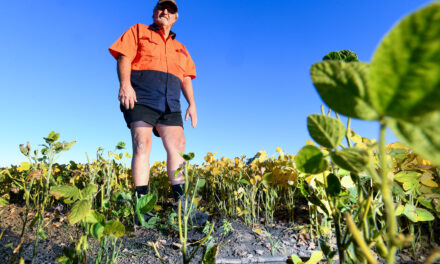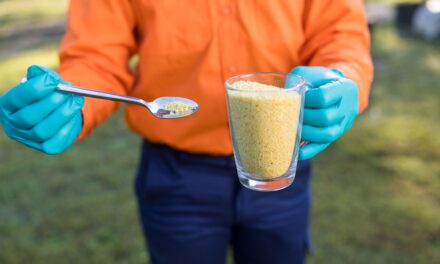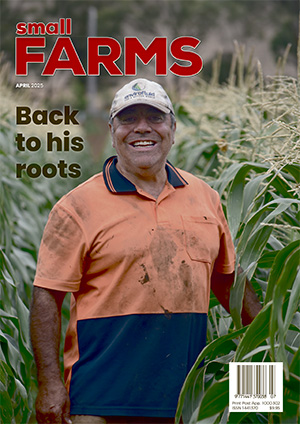It almost made its way to the border last year. Now beekeepers across Victoria are preparing for the arrival of varroa mite. ANDY WILSON has the story.
Commercial beekeepers are bracing themselves for the insurgence of varroa mite into Victoria, expected this year.
Apiarists, whose hives are used to pollinate most of the state’s flowering crops of fruit and fruiting vegetables, say they are well prepared for the pest’s entry into Victoria.
The destructive mite, which can kill an entire hive if left unchecked, has steadily moved south since its detection around Newcastle and Kempsey in NSW in February 2022.
The most southern outbreaks occurred last year at Balranald, about 25km from the Murray River, and at Euston, which is on the NSW bank of the river.
Victorian Apiarists Association Goulburn Valley representative Phil McPherson said the incursion was expected to come last month with the lawful, but necessary, transport of NSW hives into Victoria for the beginning of the almond flowering season.
“NSW apiarists have been allowed to move bees into Victorian almond groves with a permit stating they are free from varroa,” Phil said.
“I think we are going to detect varroa in Victoria this year. I’d be very surprised if we don’t.
“And once established, it is impossible to eradicate it.”
Sentinel ‘catch’ boxes were placed last August beside almonds growing on the NSW side of the Murray at Euston and between Balranald and the river.
Catch boxes are empty hive boxes containing a few wax frames to encourage bees that would have swarmed earlier to enter them and make a hive.
“We can then test those bees,” Phil said.
According to Agriculture Victoria, none of the 12 sentinel boxes had attracted any bees with varroa since being established.
Many of Victoria’s apiarists attended the VAA’s annual conference in Wonthaggi on June 4 to 6 to hear updates on the mite’s movement and management strategies.
VAA president John van Weeghel said all of Victoria’s beekeeping industry was engaged in transitioning to a management plan.
“Australia is perhaps fortunate that we are the last major country to receive the mite,” he said.
“So we are able to draw on the management experiences in New Zealand, the USA, the UK and in many Scandinavian and European countries which have dealt with and are still dealing with infestations, in many cases for over 20 years.”
A number of Victoria’s approximately 300 large-scale commercial beekeepers have over recent years made personal visits to other countries to learn of varroa management practices employed in those locations.
“This information is readily shared around the apiculture industry and is of significant value to all beekeepers” John said.
Varroa (Varroa destructor) is an arachnid which kills large numbers of bees by eating their body fat and breeding profusely in hives.
Although commercial hives can use chemicals to control the pest, experts say it is the infestation of ‘feral’ hives that will have the greatest impact.
Feral hives comprise typical honeybees which have swarmed away from commercial hives and have formed new hives in the wild in tree and rock cavities.
Because feral bees provide a lot of pollination services for farms and home gardens and will have no natural response or human management system, their loss to the mite is expected to impact Victoria’s food production.
Beekeepers have a number of chemical and organic miticide products available which, used correctly, do not affect honey or wax quality.
Although apiarists with more than 1000 hives are expected to suffer major losses, John said management and regular surveillance were key.
“Simply careful management and (gaining) personal knowledge about the mite and its controls are the best solutions for beekeepers before its arrival in Victoria,” he said.
Varroa arrival is ‘imminent’
